Move over kale—there’s a new leafy green in town that’s capturing the hearts (and plates) of health enthusiasts across the United States. Meet tatsoi, a tender, spoon-shaped Asian green that’s as nutrient-dense as spinach but with a milder, buttery flavor and endless versatility.
Also known as spinach mustard or rosette bok choy, tatsoi (pronounced taht-soy) has been a staple in East Asian cuisine for centuries. Today, it’s rapidly becoming one of America’s most popular superfoods, popping up in farmers’ markets, salad mixes, smoothies, and home gardens nationwide.
In this comprehensive guide, we’ll explore everything you need to know about tatsoi—from its origins and nutritional power to how to grow it in your backyard and cook it in delicious, American-friendly ways.
1. What Is Tatsoi?
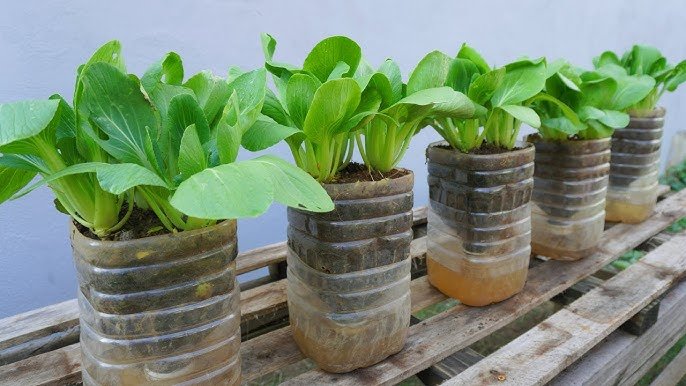
Tatsoi (Brassica rapa var. narinosa) is a leafy green vegetable belonging to the Brassica family, which also includes kale, bok choy, and broccoli. It originated in Japan and China, where it has been cultivated for hundreds of years.
The plant grows in a compact rosette shape, with deep green, spoon-shaped leaves and short pale stems. It’s known for its delicate texture, subtle mustard flavor, and ability to thrive in cool weather.
In American cuisine, tatsoi has gained attention for its versatility—it can be eaten raw like spinach or lettuce, or cooked in stir-fries, soups, and pasta dishes. Chefs love its ability to add both nutrition and a visual pop of green to their creations.
2. Why Tatsoi Is America’s New Favorite Supergreen
Over the last few years, tatsoi has gone from an obscure Asian green to a trending ingredient in the farm-to-table movement and healthy living scene. Here’s why it’s quickly becoming a favorite across U.S. kitchens and gardens.
a. Exceptional Nutrition
Tatsoi is often compared to kale and spinach, but it actually contains more vitamins per ounce than both. It’s incredibly nutrient-rich while remaining low in calories.
b. Sustainable and Easy to Grow
With a short growing season and tolerance for cold weather, tatsoi is perfect for American backyard gardens and urban farming.
c. Versatile in the Kitchen
Its mild, sweet flavor complements everything—from soups and grain bowls to sandwiches and smoothies.
d. Perfect for Modern Diets
Gluten-free, low-calorie, and packed with plant-based nutrients, tatsoi fits seamlessly into vegan, keto, paleo, and clean-eating lifestyles.
3. Nutritional Benefits of Tatsoi
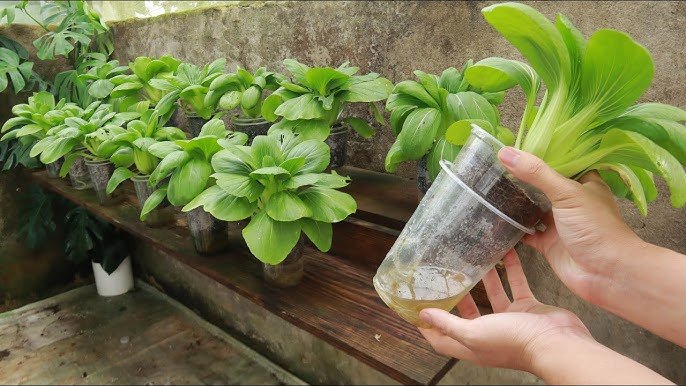
Don’t underestimate this humble green—tatsoi is a nutritional powerhouse packed with essential vitamins, minerals, and antioxidants.
a. Vitamins Galore
Just one cup of raw tatsoi provides:
- Over 100% of your daily Vitamin A for skin and vision health
- 60% of your daily Vitamin C for immune support
- High levels of Vitamin K for bone strength and heart health
- Folate and calcium to support energy and cellular function
b. Rich in Antioxidants
Tatsoi contains beta-carotene, lutein, and zeaxanthin, compounds that protect cells from oxidative stress and promote healthy aging.
c. High Fiber, Low Calories
A single serving has fewer than 20 calories, yet it’s full of fiber to aid digestion and promote fullness—making it ideal for weight management.
d. Iron and Calcium Boost
Tatsoi’s high mineral content helps combat fatigue and supports strong bones—perfect for those on plant-based diets who need more natural sources of iron and calcium.
4. Growing Tatsoi in the U.S.
One reason tatsoi is becoming so popular among Americans is its ease of cultivation. It grows quickly, tolerates cold temperatures, and thrives even in small spaces like raised beds or balcony planters.
a. Ideal Climate and Soil
- Best for: Spring and fall planting
- Temperature range: 45°F–70°F (can survive light frost)
- Soil type: Loamy, rich in organic matter
- pH level: 6.0–7.5
- Sunlight: Full sun to partial shade
Tatsoi can even survive a light freeze, which actually enhances its sweetness—making it perfect for cool-weather gardens across the U.S., from Maine to California.
b. Planting Tips
- Direct-sow seeds about ¼ inch deep and 2 inches apart.
- Once seedlings sprout, thin them to 6 inches apart.
- Keep soil moist but not soggy.
- Apply compost or organic fertilizer every few weeks.
Tatsoi is fast-growing—you can harvest baby leaves in just 25 days or wait 40–50 days for mature rosettes.
c. Harvesting
Cut leaves individually for continual harvests, or snip the whole rosette at the base. For the best flavor, harvest in the morning while the leaves are crisp and cool.
5. How to Cook Tatsoi: American-Style Recipes and Ideas
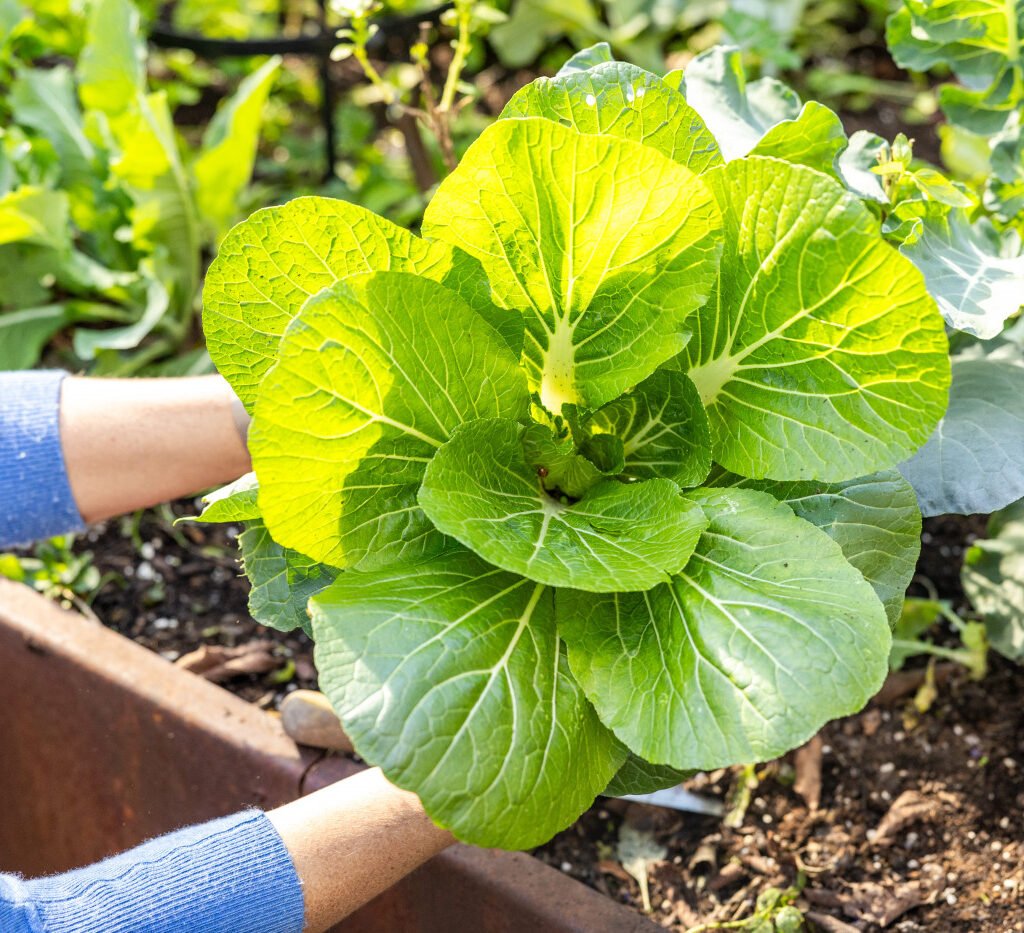
Tatsoi’s mild, slightly nutty flavor makes it one of the most versatile greens you can cook with. It works beautifully in both raw and cooked dishes.
a. Fresh and Raw Uses
- Tatsoi Salad: Toss baby leaves with citrus vinaigrette, almonds, and avocado for a refreshing lunch.
- Smoothies: Blend tatsoi with banana, pineapple, and almond milk for a vitamin-rich green smoothie.
- Wraps and Sandwiches: Use tatsoi leaves instead of lettuce for a nutrient-packed crunch.
b. Cooked Dishes
- Garlic Sautéed Tatsoi: Quickly stir-fry in olive oil with garlic and a splash of soy sauce for a quick side.
- Tatsoi and Mushroom Soup: Add chopped tatsoi to a warm broth with mushrooms, ginger, and noodles.
- Pasta with Tatsoi and Lemon: Sauté tatsoi with garlic, olive oil, and lemon juice, then toss with spaghetti for a light, healthy meal.
- Grilled Tatsoi: Lightly brush with olive oil, grill for a few minutes, and sprinkle with sea salt for a smoky twist.
c. Fusion Ideas
Try blending Asian and American flavors:
- Tatsoi in tacos or burrito bowls
- Tatsoi pesto (substitute it for basil!)
- Tatsoi-topped pizzas for a peppery, fresh bite
Tatsoi’s delicate texture means it cooks in under 2–3 minutes, so it’s perfect for quick, healthy meals.
6. Tatsoi vs. Spinach and Kale
While spinach and kale have long dominated the supergreen spotlight, tatsoi offers a refreshing alternative that’s milder, more tender, and just as nutritious.
| Feature | Tatsoi | Spinach | Kale |
|---|---|---|---|
| Flavor | Mild, nutty, slightly sweet | Mild and earthy | Bold and slightly bitter |
| Texture | Soft and spoon-shaped | Smooth and flat | Curly and coarse |
| Cooking Time | 2–3 minutes | 3–4 minutes | 5–7 minutes |
| Nutrition | High in A, C, K, calcium, folate | High in iron and folate | High in fiber and antioxidants |
| Best Uses | Salads, soups, stir-fries | Smoothies, omelets | Chips, stews, sautéed dishes |
For anyone who finds kale too bitter or spinach too soft, tatsoi is the perfect balance of flavor and texture—crisp when raw, silky when cooked.
7. Health Benefits: Backed by Science
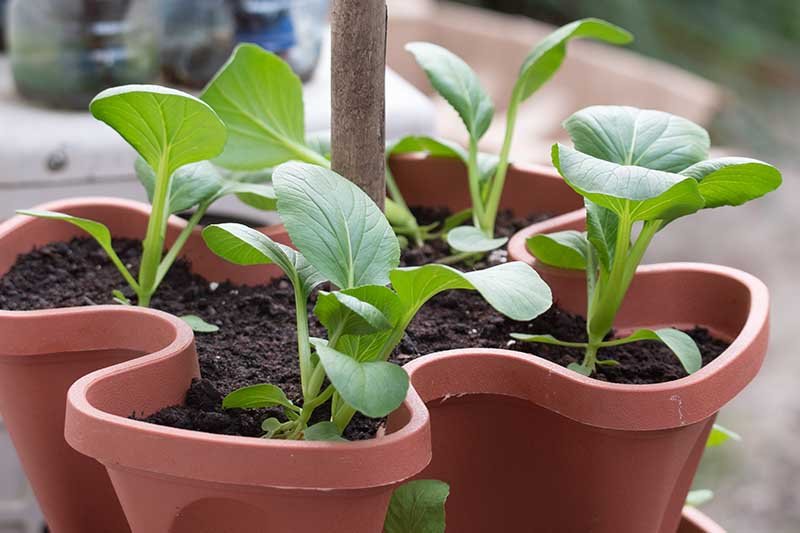
Tatsoi’s combination of vitamins, antioxidants, and minerals supports overall wellness. Here are its top science-backed health benefits:
a. Strengthens Immunity
High in Vitamin C and beta-carotene, tatsoi helps boost immune defense and fight off infections.
b. Promotes Bone Health
With calcium and Vitamin K, it helps maintain bone density and reduces the risk of osteoporosis.
c. Supports Heart Health
Its fiber, potassium, and folate content contribute to lower cholesterol and blood pressure levels.
d. Enhances Eye and Skin Health
Antioxidants like lutein and zeaxanthin protect your eyes and keep your skin youthful and radiant.
e. Detoxifies the Body
Like other cruciferous vegetables, tatsoi contains glucosinolates—compounds that support liver detoxification and help remove toxins from the body.
8. Sustainability: A Green for the Future
Tatsoi isn’t just good for your body—it’s good for the planet. It’s a low-input, fast-growing crop that thrives in cooler climates with minimal water and fertilizer.
American farmers and urban growers are adopting tatsoi as part of sustainable farming initiatives, thanks to its short harvest cycle and ability to grow in tight spaces. It’s even suitable for indoor hydroponic systems, making it ideal for modern eco-conscious households.
In cities like Portland, Austin, and San Francisco, tatsoi is already a favorite among local farms and community-supported agriculture (CSA) programs.
9. Where to Find Tatsoi in America
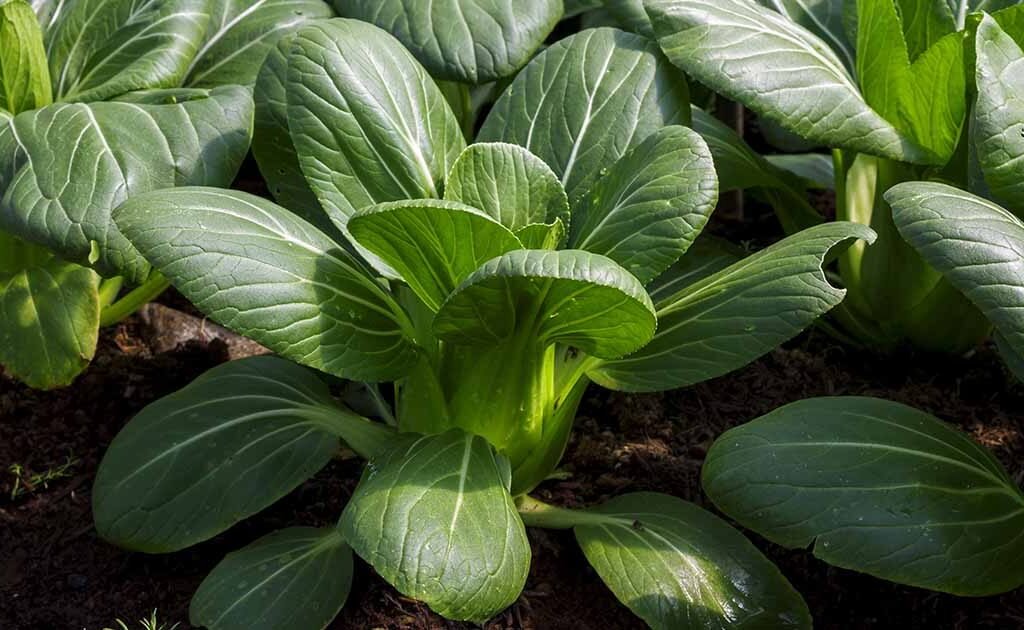
You can find tatsoi in a variety of places:
- Farmers’ markets and community gardens
- Asian grocery stores like H Mart or 99 Ranch
- Health food stores such as Whole Foods and Sprouts
- Local CSA boxes and produce delivery services
- Or, grow your own—tatsoi seeds are available online from American seed companies like Burpee and Johnny’s Selected Seeds.
When buying, choose bright green leaves with firm stems and avoid wilted or yellowing bunches.
10. Tatsoi in American Cuisine: A Flavor Revolution
From smoothie bars to fine-dining restaurants, tatsoi is becoming a culinary darling across America. Chefs appreciate its flexibility—it can replace spinach in most recipes or act as a bold garnish for soups, pizzas, or grain bowls.
Tatsoi’s visual appeal also makes it a favorite in farm-to-table menus, where presentation and nutrition go hand in hand. Its small, glossy leaves add a gourmet touch while keeping dishes light and wholesome.
Whether tossed into your morning omelet, stirred into soup, or served fresh in a salad, tatsoi fits seamlessly into the American healthy-living movement—balancing flavor, sustainability, and nutrition.
Conclusion: Why Tatsoi Deserves a Place in Every American Home
Tatsoi is more than just another leafy green—it’s the supergreen of the future. With its rich nutritional content, smooth texture, and mild, adaptable flavor, it’s perfect for both beginner cooks and gourmet chefs.
It’s easy to grow, quick to harvest, and packed with health benefits that make it a standout among vegetables. Whether you’re looking to boost your immune system, enhance your meals, or grow your own greens, tatsoi offers it all—naturally and deliciously.
So, the next time you’re at your local market or planting your spring garden, grab a bunch (or a packet of seeds) and see why tatsoi is quickly becoming America’s new favorite green on the plate and in the garden.
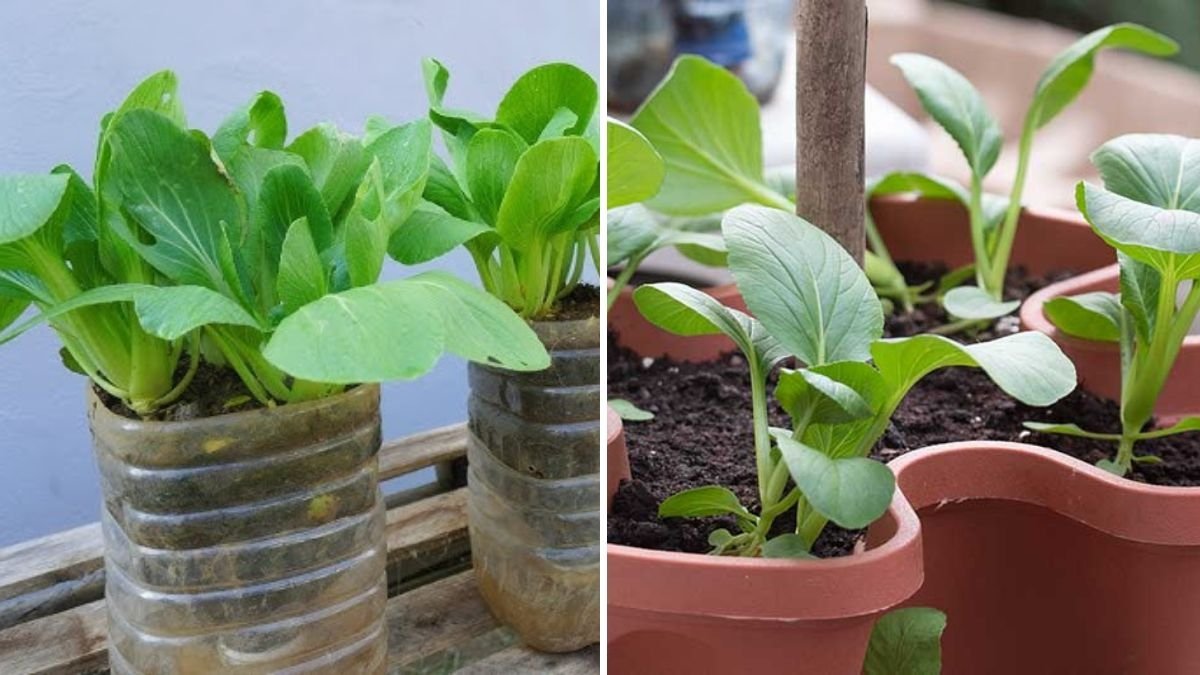





Leave A Comment